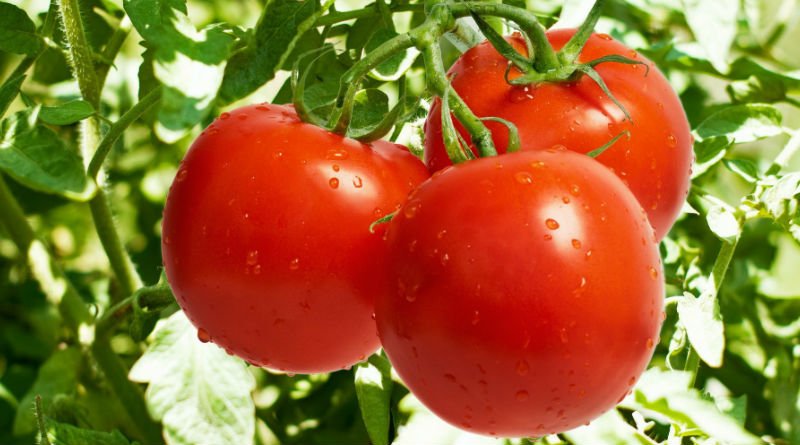
The most suitable soil for growing tomatoes: the tomato can be grown in any type of soil, preferring the rich in organic matter, irrigated, neutral, draining and medium texture in which the best results will be obtained.
Basic Fertilization.
Perform at least 20 days before transplanting and incorporate organic fertilizers (mature fermented manure, compost) into the soil and / or slow-release mineral fertilizers with nitrogen, phosphorus and potassium in a balanced proportion.
Climatic needs.
adaptable to very variable climatic conditions that prefer warm temperate climate. In winter it is grown in a greenhouse. Temperatures below 5 ° C compromise growth.
How to transplant?
must be done at the coolest hours of the day (early in the morning or in the afternoon). Wet the package well before implanting it on the ground and lightly water the soil to facilitate grafting.
How far to transplant the tomato seedlings?
in the row, that is, between one plant and the other, leave 35-40 cm; between rows, leave 70-80 cm for transit.
MAINTENANCE
constantly remove wild herbs near the cultivated plants. To prevent the appearance of weeds, mulching with a black plastic film or layers of straw is effective.

Irrigation.
For better handling and water saving, the drip system with perforated hose that can be managed by a timed solenoid valve to be connected to the tap is recommended. This system allows watering at regular intervals and does not wet the vegetation, which reduces phytosanitary problems. Avoid water imbalances. Water in the coldest hours preferably in the morning.
Fertilizers.
Every 7-10 days, it nourishes the plant with balanced mineral fertilizers that contain nitrogen, phosphorus, potassium, iron and magnesium plus microelements or natural stimulating products (bovine blood, algae, etc.). In the phase of enlargement and maturation of the fruit, prefer a proportion with a higher potassium content
TIPS.

It is good that the tomato does not return to the same soil for at least 3-4 years to avoid the proliferation of pests. To avoid its cultivation after eggplant, pepper, potato
Collection.
to preserve tomatoes, it coincides with the complete red ripening of the berry; for those in the canteen with pink-green color. From the transplant, it takes between 60 and 80 days to start the harvest. Each plant produces in a growing cycle of 2 to 5 kg of berries in the open field and 4 to 8 kg in the greenhouse.
The Physiopathies.
The apical rot of the fruit due to water imbalances and deficiency of calcium, division of the fruits after abundant irrigations after a dry period, radical asphyxia due to the stagnation of water. Temperatures above 32 ° C lead to a reduction of vegetative growth and discoloration, to the fragility of the fruit and to the burns of the berries.
Biological fight.
To fight the parasites in an ecological way it is advisable to carry out leaf fumigations with natural products such as: vegetable oils, potassium soap, extracts of nettle, garlic, etc.
Thank you for appreciating this post.
If you like this publication you can vote and follow me.
My other publications:
Farms - fact bomb - the mouses.
Agricultural Tool - The Sickle.
Agricultural Tools - The Panga Machete (Video)
